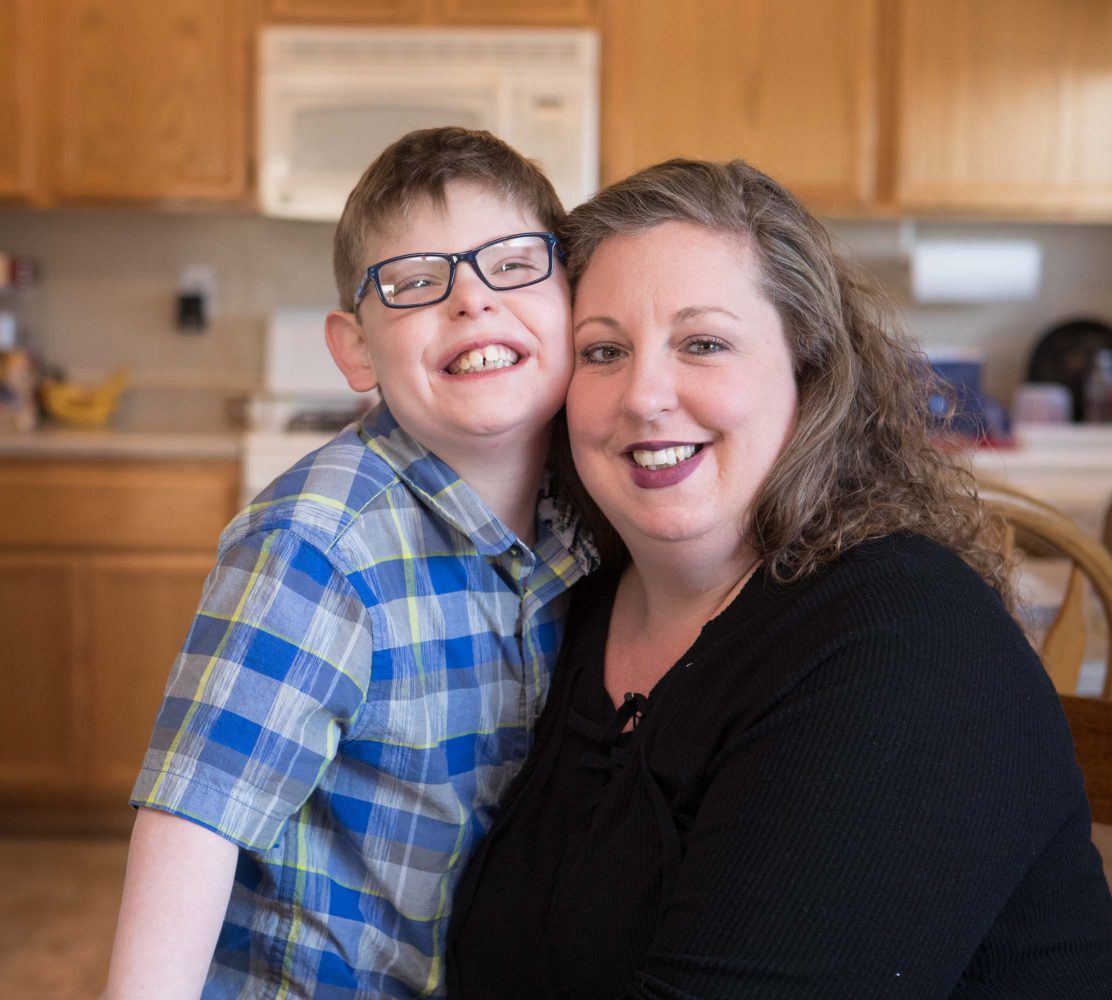 My name is Corinne and I am currently working full time at a primary care doctors’ office in northern Virginia. I come from a very large family of 8 children and have 11 beautiful nieces and nephews. I recently got engaged and have been pretty busy planning a wedding with my fiancé, Michael. When I have downtime, some things I like to do include spending time with family and friends, seeing a movie, spending a day at the beach, exercising, and baking delicious keto-approved desserts!
My name is Corinne and I am currently working full time at a primary care doctors’ office in northern Virginia. I come from a very large family of 8 children and have 11 beautiful nieces and nephews. I recently got engaged and have been pretty busy planning a wedding with my fiancé, Michael. When I have downtime, some things I like to do include spending time with family and friends, seeing a movie, spending a day at the beach, exercising, and baking delicious keto-approved desserts!
Epilepsy Diagnosis
Six and a half years ago as a senior in high school, I was diagnosed with epilepsy after having had 3 tonic-clonic seizures (also known as grand mal seizures) in 1 month. Prior to the tonic-clonic seizures, I was experiencing auras for about 6 months, although I didn’t know they were auras at the time. If you aren’t familiar with auras, most are largely unique. For example, during my auras, my head turns to the right and the room moves. Sometimes auras are a warning that a bigger seizure is coming and sometimes they occur on their own. In my case, it’s a mini seizure that only lasts 5-10 seconds.
After various tests and scans had been done, doctors were not able to find a cause for the seizures. I was immediately put on medication, which helped to control the seizures. However, there were side effects that made life more challenging. The end of my senior year of high school was spent mostly in the nurse’s office sleeping due to feeling extremely fatigued and drowsy from the medications and the illness itself. I was also having difficulty thinking and keeping focus in class. My body slowly adjusted to the medications and I started to be able to do more, but I still did not have the same energy level that I had prior to my diagnosis of epilepsy. I stuck with the medications since they were controlling the seizures, but after about a year, I began to have auras again. Luckily, I haven’t experienced any more tonic clonic seizures, but I was having auras about twice a week.
I continued to have these auras at this frequency for about a year. At the beginning stages of my diagnosis of epilepsy, I truly believed this was going to be something I would outgrow. After 2 years, I began to realize that this could be something I may have for the rest of my life. My neurologist at the time ordered another electroencephalography (EEG) to see my neurological developments, and the results still confirmed the presence of seizure activity in my brain. It was at this point that I realized I should look into other ways to manage my epilepsy to be able to live my life to the fullest.
The Modified Atkins Diet
I did my research, and quickly found out about the modified Atkins diet (MAD) at Johns Hopkins. The modified Atkins diet is a slightly less restrictive version of the classical medical ketogenic diet. My neurologist at the time warned me that it was a pretty strict diet and could be challenging. I was willing to sacrifice certain foods in order to combat epilepsy and see if the diet would work better than the medication. I was very nervous, but also excited to try keto. I also knew that lots of bacon would be involved so I started to really look forward to starting it!
I began the diet in November of 2014 as a sophomore in college. I spent the entire day at Johns Hopkins learning about the modified Atkins diet and the plan that my new neurologist and dietitian had in place for me. I was given a limit of 20 net carbohydrates per day. My dietitian educated me that I only needed to count carbs, not fats or protein. I also would need to include supplements into my new diet such as a multivitamin, calcium and Vitamin D. My team at Johns Hopkins provided me with many great tools and resources in order to be successful on the diet.
The day after meeting with my new healthcare team, I charted what I would normally eat for 3 days. I had blood work done that would show my baseline labs, and then I began the diet. Now imagine having to find a keto-compliant meal three times a day in a college cafeteria! Fortunately, my college was pretty accommodating and was willing to make me a special plate at each meal. I gave a packet explaining the diet to the chef, but somehow still ended up with foods like corn, carrots, and potatoes on my plate each meal. So, most of the time I would end up resorting to the salad bar. I made it work! I would just add butter, olive oil, salt and pepper to everything they gave me, and it made it taste 10 x better! I found foods I could eat and got creative.
After having been on the diet for 3 months, I traveled to Rome, Italy to study for a whole semester. The diet was really new to me still, and I was still learning about the foods I could eat and the portions I could have. In going to Italy, I did not know Italian, nor did I understand the nutrition fact labels. At the restaurants, they would typically serve a 5 or 6 course meal, but usually I could only eat the salad and part of the entree. So, I would drench the salad in olive oil and Parmesan and butter up the meat, and it usually filled me up! Sometimes when I was really hungry I contemplated drinking olive oil right out of the bottle! In another instance, the waiter offered me strawberries because I could not have the yummy pastry that everyone else was having for dessert. I was very excited until he came out with a bowl of strawberries sprinkled with sugar on top. I wanted to cry and laugh at the same time. This is where the saying “That which does not kill us, makes us stronger” really rings true because after surviving on the diet in Italy, it was a piece of cake in the U.S. Well not exactly cake, but you get the point!
My Life Today
I have now been on the modified Atkins diet for four years. My auras have gone down from twice a week to once a month. I am not completely off the medication, but my dose has been lowered since the frequency of my auras has diminished. I think the key has been discovering foods and recipes that I can eat, rather than looking at all I cannot. I also love to make copycat keto recipes for carb-heavy foods, like pizza, chicken tenders, and desserts. I absolutely love to bake so I knew not eating sweets would be pretty hard. Thanks to Pinterest and foods such as almond flour, coconut flour, unsweetened chocolate and stevia, I have made some of the best desserts!
I think the hardest part of the diet is feeling left out in seeing others eat many delicious foods. I will say I have been jealous looking at what others can eat and the good health they are in. I am extremely thankful to my fiancé, Michael who has been doing the diet with me for the past two and a half years since we’ve been together. I no longer feel alone as if I’m fighting this battle by myself knowing that he will be there day in and day out. The diet is challenging, but difficulties create character, and now there’s no challenge too big for me!
Like I said previously, my last EEG was four years ago. The results were abnormal and showed signs of seizure activity. I recently had another EEG done in May of this year (2018). This was the first one I have had since starting the diet. The results of the EEG this time came back normal! My neurologist explained to me that this meant the diet has been working well. Since my epilepsy diagnosis, it seems apparent that in my case, the medication alone did not manage my condition well enough for me to have a healthy and happy lifestyle. The modified Atkins diet was the answer to my prayers. It was only when I started the modified Atkins diet in addition to the medications that I started to feel like myself again and was no longer in constant fear of possibly having another seizure. The diet has not been easy, but I understand that with every illness comes additional obstacles and sacrifices that must be made in order to achieve the end goal of good health. I feel like I have finally achieved that end goal and the hard work is really paying off.
Advise for Others with Intractable Epilepsy
My advice to others with epilepsy who are considering the medical ketogenic diet or modified Atkins diet would be to consult with your neurologist and consider the best way to manage your epilepsy that would give you the best quality of life. As I said before, the medications had terrible side effects for me and I did not have the same energy levels as I had prior to my diagnosis. With the modified Atkins diet, I have to sacrifice many foods, but the health of both my mind and body has improved tremendously and that makes it worth it to me.
-Corinne
I was paid by Nutricia for my time to write this blog post, however, my opinions are my own.
The medical ketogenic diet for epilepsy and the modified Atkins diet should be used under medical supervision.
Please note that this is one individual’s report of her experience with the modified Atkins diet and may not be the experience of others. Individual results will vary. Please discuss the potential benefits of the ketogenic diet with your healthcare provider.
To learn more about the medical ketogenic diet for the management of intractable epilepsy, visit www.ketogenicdietforepilepsy.com.
Interested in sharing you or your child’s medical ketogenic diet story? Email us at MyKetoCal@nutricia.com.


 Follow
Follow Traveling for the holidays? We want to make sure you have no trouble taking your
Traveling for the holidays? We want to make sure you have no trouble taking your 